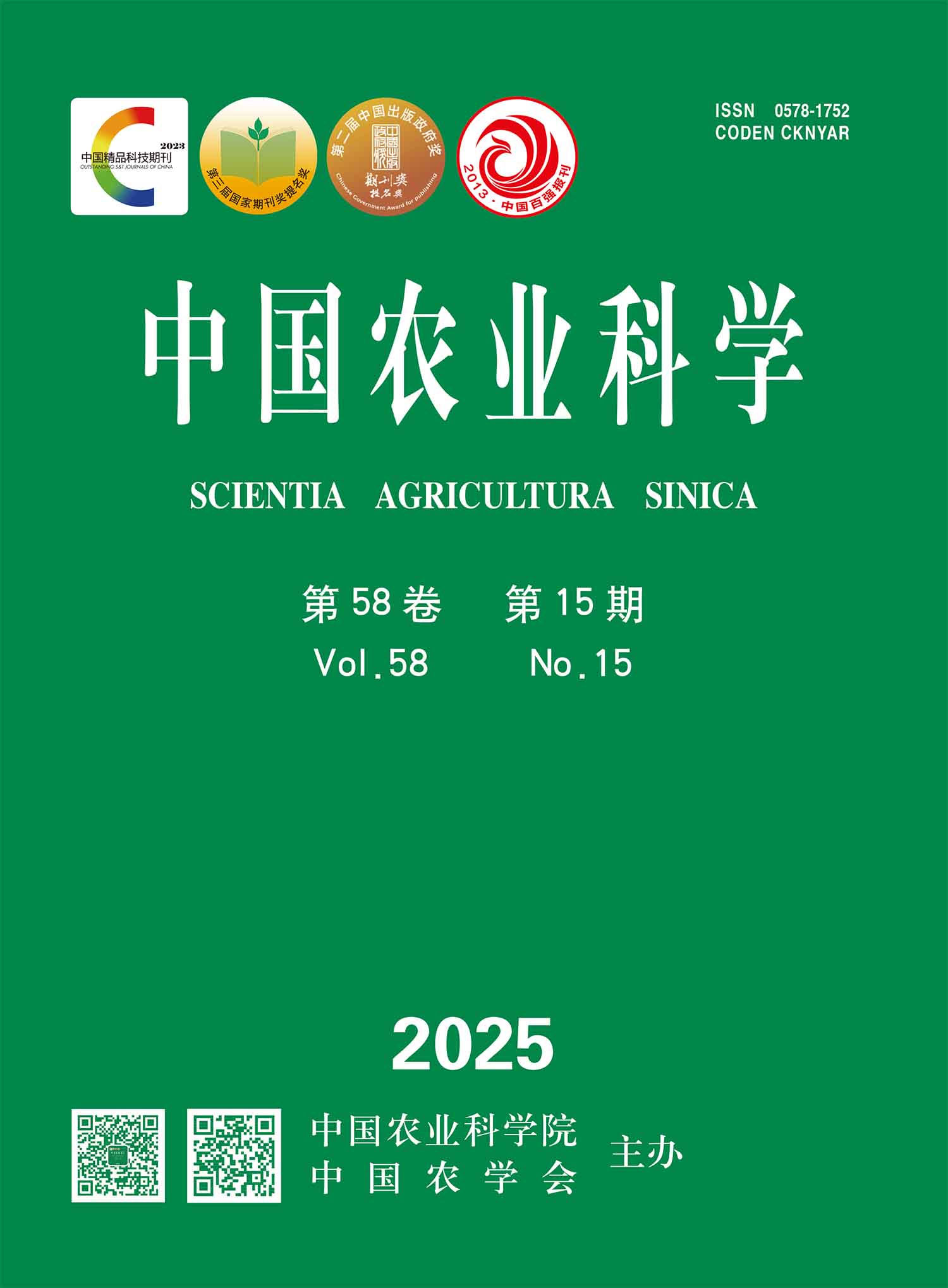【Objective】 As a novel carbon nanomaterial, graphene oxide (GO) is rapidly emerging as a promising tool in modern agriculture. This study aimed to investigate the effects of GO on seed germination and seedling salt tolerance by integrating physiological indices with transcriptomic analyses. The findings would establish a theoretical foundation for the salt tolerance-enhancing effects of GO in peanut cultivation, and provide a scientific basis for its application in improving plant salt tolerance under saline environments. 【Method】 The Q7 peanut variety was used for the experiments, treated with 200 mg·L-1 GO, and subjected to seed germination and seedling salinity tolerance tests. The changes in seed germination indices, seedling growth characteristics, photosynthetic characteristics, antioxidant characteristics, and root transcriptomics were analyzed to explore the physiological mechanisms by which GO priming enhances peanut salinity tolerance. 【Result】 During the seed germination stage, seeds treated with GO showed higher exposure rate of the white embryo and germination rate. At the seedling stage under normal conditions, compared with the control treatment, GO priming increased root volume, root surface area, chlorophyll a and chlorophyll b content by 12.96%, 12.59%, 52.33% and 25.19%, respectively, while the dry weight of aboveground and underground parts decreased by 6.01% and 17.82% compared with the control treatment, respectively. Under salt stress, GO priming significantly increased plant height, dry weight of aboveground and underground parts, total root length, and root surface area by 30.67%, 20.25%, 27.70%, 18.04% and 17.78%, respectively; total chlorophyll, chlorophyll a content, chlorophyll b content, and maximum photochemical efficiency (Fv/Fm) were significantly increased by 149.39%, 126.27%, 126.27% and 18.26%, respectively, and the net photosynthetic rate (Pn), stomatal conductance (Gs), and transpiration rate (Tr) of leaf gas exchange parameters were increased by 66.69%, 138.99% and 173.39%, respectively. The relative water content of leaves was increased by 83.32%; the activities of antioxidant enzymes SOD and APX in leaves were significantly increased by 59.62% and 104.70%, respectively, while the intercellular CO2 concentration (Ci), relative electrical conductivity, malondialdehyde (MDA) content, and relative electrical conductivity (REC) were significantly decreased by 19.58%, 14.73%, 56.23% and 72.87%, respectively. Moreover, after GO priming, the differentially expressed genes in peanut seedlings were mainly involved in plant secondary metabolites, photosynthesis, and carbon and nitrogen metabolisms. 【Conclusion】 GO priming enhanced seed germination, and under salt stress, GO priming promoted the growth of peanut seedlings, including higher plant height, root length, and plant biomass. In addition, GO priming mediated the photoprotection of photosynthetic mechanisms, which was manifested as higher Pn, Fv/Fm, and total chlorophyll content under salt stress. Meanwhile, the activities of antioxidant enzymes in GO-primed peanut leaves were significantly increased, thereby reducing salt-induced MDA content and REC to maintain the integrity of the plasma membrane. GO played a unique role in promoting seed germination, alleviating salt stress, and increasing peanut pod yield by regulating multiple physiological processes.









